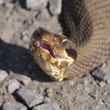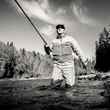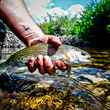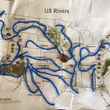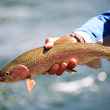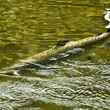My phone’s weather app told me it was still 92 degrees outside.
At 8pm.
In June.
In Salt Lake City.I leaned back on my couch, mulling over my options. A few hours prior, I’d finished my hardest-ever day of guiding. The fish wouldn’t move for anything, and my clients—brand-new to fly fishing—had a tough time fighting the wind.
The clients caught a few fish, eventually, but that tough day was a symptom of a much larger problem.



